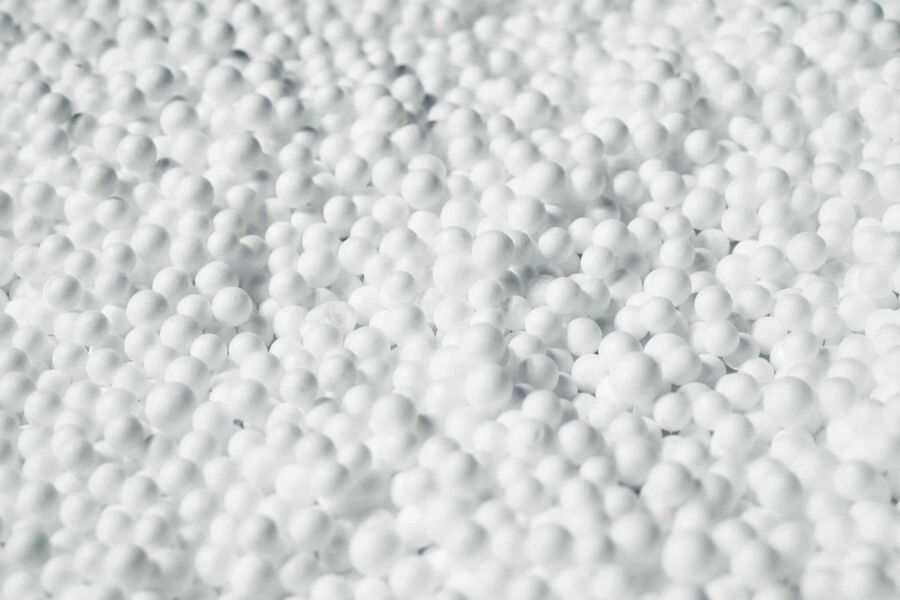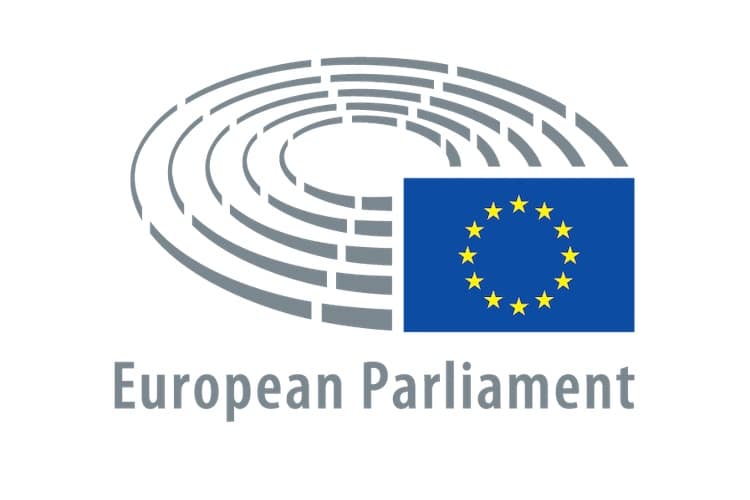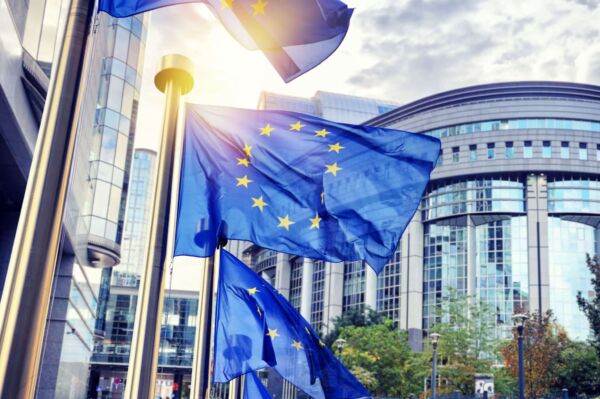Like many other plastics, expanded polystyrene (EPS), also known as Styrofoam, has a poor reputation and is surrounded by various myths. In addition, there are now an increasing number of alternative materials such as sugar cane, bamboo and cellulose fibres, which, unlike EPS, are made from renewable raw materials, have a lower environmental impact and are easily biodegradable. As a result, many people are calling for EPS to be phased out. However, the facts show that such criticism is unfounded.
Cushioning air, protective plastic
Expanded polystyrene (EPS) consists of 98% pure air and the plastic polystyrene. EPS therefore offers maximum product protection at a relatively low cost. It is shock-absorbent, insulates against cold and heat, seals, is waterproof as well as water-repellent. It also fulfils the strict requirements of food safety authorities: it is food-safe, hygienic, germ-free and free from hexabromocyclododecane (HBCD) as well as being odourless and tasteless.

Foto: BASF
Many industries have already recognised the advantages of EPS and use it in a wide range of applications. It is not only the food industry that uses this packaging material. It is also used to safeguard the transport of consumer goods such as household appliances and furniture. Even organs and vaccines that are sensitive to temperature can be transported safely and hygienically in EPS containers. Apart from packaging, EPS is used in aquaculture as a substrate for vegetables and herbs, as a lightweight material for model aeroplanes and lifebuoys, as an insulating material for building façades and as ergonomic cushioning in bicycle helmets and child seats.
Environmentally friendly and without any health risk
Studies show that EPS poses no risk to the environment or to human health. However, anyone consulting tone of the relevant search engines about the material will be presented with alleged health risks or be put off – although there are no studies proving that styrene from food packaging causes cancer in humans or impairs fertility.
EPS is also treated with a flame retardant when used as an insulating material. The polymer FR has been used for this purpose since 2017, completely replacing HBCD. It is harmless in terms of its toxicological effect on the environment and is not absorbed by either humans or animals. Furthermore, EPS is classified in water hazard class (WGK) 0, as it does not release any harmful substances into the air, soil or groundwater, even over the long term. What’s more, no CFCs are released when EPS is processed.
Exemplary ecological life cycle assessment
A direct comparison with other packaging materials shows that there is no more sustainable alternative with similar performance characteristics to EPS – whether paper, cardboard or paperboard, bubble wrap or bioplastic. Since Styrofoam consists of 98% air and only 2% polystyrene, it uses fewer raw materials, chemicals and water for its production than other packaging materials: 70 % less water, 20 % lower sulphur dioxide emissions and 80 % reduced accumulation of nutrients in water. Its production is also very economical: Styrofoam requires less primary energy than many other ostensibly more ecological alternatives.
The material has the advantage of short transport routes as there are a large number of local EPS producers. It also requires less fuel for road transport due to its light weight, which means lower CO2 emissions. The lower weight and relatively reduced volume of EPS cushioning also make for higher packing density during shipping. The good insulating properties of EPS also mean that products often do not require any additional cooling or heating, resulting in energy savings.
100% recyclable and environmentally friendly
At the end of November 2018, the Central Agency Packaging Register (ZSVR) failed to classify EPS as a good material and therefore as only conditionally recyclable, as waste material collected in yellow bins and sacks cannot yet be separated in an economically viable way. However, this categorisation does not reflect its actual physical recyclability. EPS is a pure mono-material that can be 100% easily recycled at the end of its life cycle. It is for this reason that used EPS packaging, which is collected by type at recycling centres or from retailers, is a sought-after and valued raw material. More than half of all EPS transport packaging is recycled today.
The primary method involves milling and blending, melting processes or in a pyrolytic process – so-called chemical recycling – which is particularly interesting for the food industry, as it enables maximum recycling rates to be achieved. Food packaging is currently not allowed back into the same cycle, as it is often contaminated. Chemical recycling can be used to produce plastics that can be reused for transporting and packaging foodstuffs in a completely safe manner thanks to their identical properties to those of the primary raw materials.
Another form of recycling in which polystyrene is produced from organic waste and waste oils instead of crude oil is especially sustainable. The new material has the same properties as conventional polystyrene, but generates 75% less CO2. EPS packaging is only sent for energy recovery if it cannot be recycled. It generates district heating in modern combined heat and power plants, with one kilogramme of EPS replacing 1.7 litres of heating oil – an active contribution to conserving resources.
Fact-based discussion instead of baseless plastic bashing
Single-use plastics such as EPS still face discrimination in societal and political debates. Not least in the EU Packaging Regulation, which stipulates mandatory reusable and recyclate utilisation quotas across the board without creating the necessary conditions. Styrofoam also has a difficult time in the takeaway food area: The EU Single-Use Plastics Directive (DIRECTIVE (EU) 2019/904), transposed in German law by the Single-Use Plastics Prohibition Ordinance (EWKVerbotsV), prohibits, for example, the use of takeaway food containers, drinks cups and drinks containers made of EPS. It would make more sense in this case to impose a reusability requirement based on life cycle assessment comparisons than to ban individual materials. On the other hand, alternative disposable materials are not a solution because corresponding coatings are applied to imitate the properties of the plastic to make them resistant to moisture and grease. The disadvantages of alternative materials are often overlooked in public debate, whereas they are the focus of attention when it comes to plastics. A study by GVM Gesellschaft für Verpackungsmarktforschung shows that there is no other packaging material that is as efficient as plastic.
Moreover, the often one-sided approach in media reporting contributes to consumers receiving a one-sided and often inaccurate picture of plastics such as EPS. In addition, plastics innovations are overshadowed by abstract chains of argument and accusations of greenwashing. There is a need for a fact-based discussion to overcome plastic bashing and ensure fair competition between materials.



